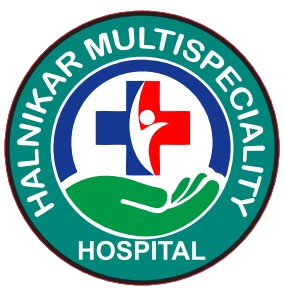Joining Facial Broken Bone:
Joining Facial Broken Bone:
The joining of facial bones after a fracture or break typically involves a medical process that may require different treatment approaches depending on the severity and location of the fracture.
Here's an overview of the general process:
This procedure involves realigning the broken bones without surgical intervention. The doctor manipulates the fractured bones back into their normal position by applying gentle pressure or traction.
For more complex or severe fractures, surgery may be necessary. During ORIF, the surgeon makes incisions near the fracture site, repositions the broken bones, and uses special screws, plates, or wires to hold the bones in place while they heal.
In cases where there is a significant loss of bone or if the bone fragments are too small to be fixed with standard techniques, a bone graft (either from the patient or a donor) may be used to aid in the healing process.
After the procedure, recovery involves managing pain, swelling, and possible bruising. Physical therapy might be necessary to restore function and mobility to the affected area once the bone has healed sufficiently.
Regular follow-up appointments with the doctor are crucial to monitor the healing progress, remove any fixation devices (if used), and ensure there are no complications.
Cleft Lip Plate
A cleft lip is a congenital condition where a baby’s lip doesn’t form properly during fetal development, leading to a split or gap in the upper lip. It can occur on one or both sides of the lip and may also involve the gums or extend up into the nose.
A cleft lip and/or palate is a common congenital condition where there’s an opening or gap in the upper lip, the roof of the mouth (palate), or both. It occurs when facial structures in the embryo do not fully close during development
Here's an overview of cleft lip treatment:
Often, a team of healthcare professionals, including surgeons, pediatricians, dentists, speech therapists, and psychologists, works together to provide comprehensive care for children born with a cleft lip. This team helps address various aspects, such as feeding difficulties, speech development, dental issues, and emotional support for both the child and the family.
Families of children born with a cleft lip often benefit from support groups or counseling to help cope with the emotional and practical aspects of caring for a child with this condition.

